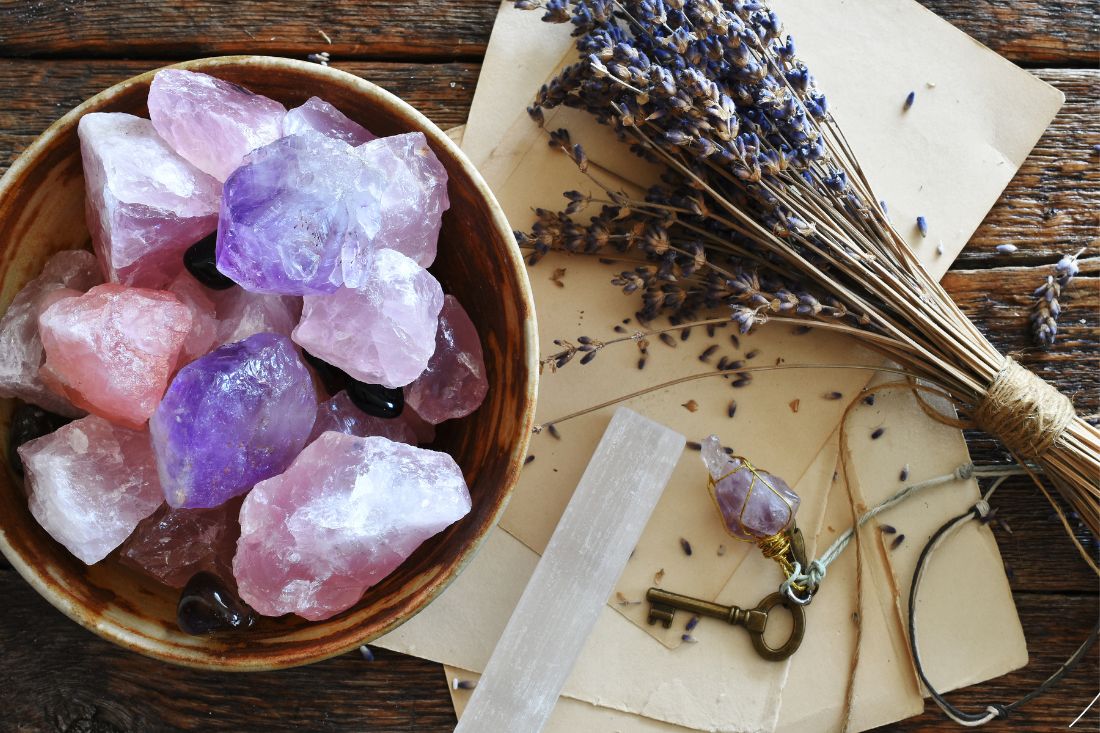Welcome to Facts Vibes! Today, let’s dive into the fascinating world of quartz. From its molecular structure to its wide-ranging applications, we’ll uncover intriguing facts about this versatile mineral. Join us as we explore the enigmatic properties and uses of quartz in our latest article.
The Remarkable Properties of Quartz
Quartz is a remarkable mineral with a wide range of properties that make it highly valuable in various industries. One of its most remarkable properties is its hardness, rating 7 on the Mohs scale, making it an ideal material for use in abrasives and cutting tools. Additionally, quartz exhibits strong piezoelectric properties, meaning it can generate an electrical charge when subjected to mechanical stress, making it essential in the production of electronics and telecommunications devices.
In the context of geology, quartz’s ability to form well-defined crystals and its abundance in the Earth’s crust make it a crucial indicator mineral for identifying different rock types and geological processes. Its optical properties also make it useful in the fields of spectroscopy and microscopy.
Furthermore, quartz is highly resistant to chemical weathering, making it an enduring component of many sedimentary rocks. Its thermal stability and high melting point also contribute to its widespread use in glassmaking and ceramic production.
In conclusion, the remarkable properties of quartz make it an indispensable mineral in numerous industries and a key player in understanding Earth’s geological processes.
Most popular facts
Quartz is the second most abundant mineral in the Earth’s crust.
Quartz is the second most abundant mineral in the Earth’s crust.
It is composed of silicon and oxygen atoms in a continuous framework of SiO4 silicon–oxygen tetrahedra.
SiO2 is the chemical formula for the compound described.
Quartz has a hardness of 7 on the Mohs scale, making it a durable and versatile mineral.
Quartz has a hardness of 7 on the Mohs scale, making it a durable and versatile mineral.
It is often used in the production of glass, ceramics, and concrete.
Silica is often used in the production of glass, ceramics, and concrete.
Quartz crystals are used in electronic devices due to their ability to generate an electrical charge when pressure is applied.
Quartz crystals are used in electronic devices due to their ability to generate an electrical charge when pressure is applied.
The most common crystal form of quartz is hexagonal, with a six-sided prism and six-sided pyramid at either end.
The most common crystal form of quartz is hexagonal, with a six-sided prism and six-sided pyramid at either end.
Rose quartz and amethyst are two popular varieties of colored quartz.
Rose quartz and amethyst are popular varieties of colored quartz.
Quartz is resistant to chemical weathering and is often found in sedimentary rocks as well as in igneous and metamorphic rocks.
Quartz is resistant to chemical weathering and is often found in sedimentary rocks as well as in igneous and metamorphic rocks.
It is commonly found in association with many minerals, including feldspar, mica, calcite, and tourmaline.
Quartz is commonly found in association with many minerals, including feldspar, mica, calcite, and tourmaline.
In ancient cultures, quartz was believed to have healing and spiritual properties, leading to its use in jewelry and talismans.
In ancient cultures, quartz was believed to have healing and spiritual properties, leading to its use in jewelry and talismans.
The largest producer of quartz crystals is Brazil, followed by Madagascar, and the United States.
Brazil is the largest producer of quartz crystals, followed by Madagascar and the United States.
Quartz is a key component in the production of silicon for the semiconductor industry.
Quartz is a key component in the production of silicon for the semiconductor industry.
It is also used in the production of various types of lenses, including eyeglasses and camera lenses.
It is also used in the production of various types of lenses, including eyeglasses and camera lenses.
The word “quartz” is derived from the German word “quarz,” which likely originated from Slavic and Polish words for “hard.”
The word “quartz” is derived from the German word “quarz,” which likely originated from Slavic and Polish words for “hard.”
Quartz is piezoelectric, meaning it can produce an electrical charge under mechanical stress, and this property makes it essential in many modern technologies.
Quartz is piezoelectric, meaning it can produce an electrical charge under mechanical stress, and this property makes it essential in many modern technologies.
In conclusion, quartz is a fascinating and versatile mineral that has numerous practical applications in various industries. Its unique properties and abundance make it a valuable resource with a wide range of uses. Understanding the facts about quartz is essential for appreciating its significance in fields such as technology, construction, and jewelry. As we continue to uncover more about this remarkable mineral, its importance in our daily lives becomes even more apparent.
